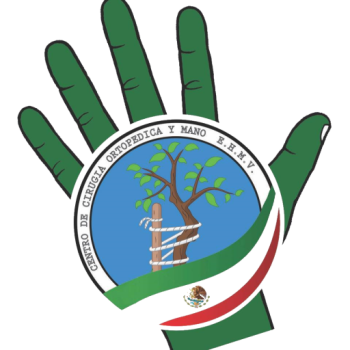JORNADA DE LA SOCIEDAD VENEZOLANA DE #CIRUGÍA DE LA #MANO * 10 al 12 de junio * #Caracas @svderma pic.twitter.com/ezV7Oila3C via @sinhuellaMD
— Expodato_Int (@expodato_Int) marzo 18, 2015
mano
Intralesional versus resección amplia de bajo grado en condrosarcoma de la Mano
Intralesional Versus Wide Resection of Low-Grade Chondrosarcomas of the Hand
Fuente
Este artículo es originalmente publicado en:
http://www.ncbi.nlm.nih.gov/pubmed/26803570
http://www.jhandsurg.org/article/S0363-5023(15)01628-7/abstract
De:
González Del Pino J1, Lozano Calderón SA2, Chebib I3, Jupiter JB4.
J Hand Surg Am. 2016 Jan 21. pii: S0363-5023(15)01628-7. doi: 10.1016/j.jhsa.2015.12.025. [Epub ahead of print] Todos los derechos reservados para:
Copyright © 2016 American Society for Surgery of the Hand. Published by Elsevier Inc. All rights reserved.
Abstract
PURPOSE:
To report our experience with intralesional curettage (resection with positive margins) and amputation (resection with negative margins) of low-grade chondrosarcomas (LCS) of the hand.
CONCLUSIONS:
Intralesional resections aiming to preserve function are safe, recognizing that more than 1 procedure may be required. Amputation also plays a role with excellent functional outcome in cases in which severe joint deformity or involvement of soft tissues and neurovascular structures interferes with function.
Resumen
PROPÓSITO:
Para reportar nuestra experiencia con curetaje intralesional (resección con márgenes positivos) y amputación (resección con márgenes negativos) de condrosarcoma de bajo grado (LCS) de la mano.
CONCLUSIONES:
La resección intralesional con el objetivo de preservar la función son seguros, reconociendo que más de 1 procedimiento puede ser requerida. Amputación también juega un papel con un excelente resultado funcional en los casos en los que la deformidad articular grave o afectación de los tejidos blandos y las estructuras neurovasculares interfiere con la función.
TYPE OF STUDY/LEVEL OF EVIDENCE:
Therapeutic IV.
Copyright © 2016 American Society for Surgery of the Hand. Published by Elsevier Inc. All rights reserved.
KEYWORDS:
Chondrosarcoma; hand; intralesional curettage; low grade; wide excision
- PMID:26803570 [PubMed – as supplied by Publisher]
Prevalencia de y factores asociados a la depresión mayor en pacientes con extremidade superior en condiciones quirurgicas
Prevalence of and Factors Associated With Major Depression in Patients With Upper Extremity Conditions
Fuente
Este artículo es originalmente publicado en:
http://www.ncbi.nlm.nih.gov/pubmed/26723479
http://www.jhandsurg.org/article/S0363-5023(15)01499-9/abstract
De:
Oflazoglu K1, Mellema JJ1, Menendez ME1, Mudgal CS1, Ring D2, Chen NC1.
J Hand Surg Am. 2015 Dec 24. pii: S0363-5023(15)01499-9. doi: 10.1016/j.jhsa.2015.11.019. [Epub ahead of print] Todos los derechos reservados para:
Copyright © 2015 American Society for Surgery of the Hand. Published by Elsevier Inc. All rights reserved.
Abstract
PURPOSE:
To determine the prevalence of an estimated diagnosis of major depression in patients with upper extremity conditions and factors that help identify patients who might benefit from psychological treatment.
CONCLUSIONS:
The finding that 1 in 8 patients presenting to a hand surgeon have untreated or undertreated symptoms of depression sufficient to qualify for an estimated diagnosis of major depression emphasizes the importance of assessing for depression at all levels of care.
Resumen
PROPÓSITO:
Determinar la prevalencia de un diagnóstico estimado de depresión mayor en pacientes con enfermedades de las extremidades superiores y los factores que ayudan a identificar a los pacientes que podrían beneficiarse de un tratamiento psicológico.
CONCLUSIONES:
El hallazgo de que 1 de cada 8 pacientes que acuden a un cirujano de la mano tienen síntomas no tratados o subtratado de depresión, suficiente para calificar para un diagnóstico estimado de depresión mayor haciendo hincapié en la importancia de evaluar la depresión en todos los niveles de atención.
TYPE OF STUDY/LEVEL OF EVIDENCE:
Prognostic II.
Copyright © 2015 American Society for Surgery of the Hand. Published by Elsevier Inc. All rights reserved.
KEYWORDS:
Depression; hand; orthopedics; prevalence; upper extremity
- PMID:26723479 [PubMed – as supplied by Publisher]
